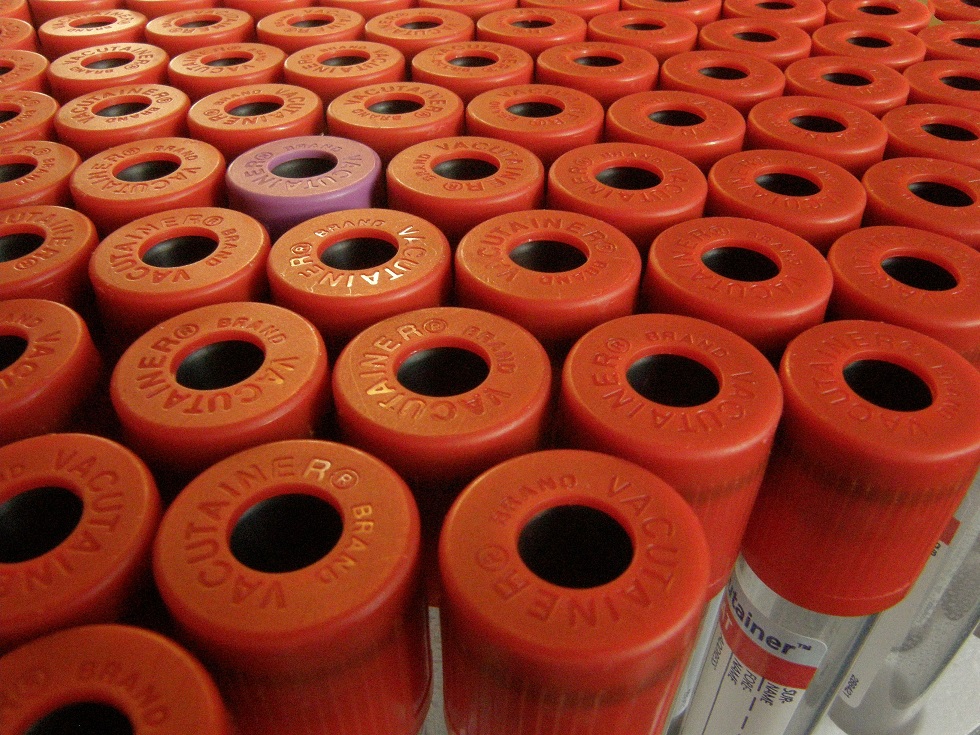Vitamin B12 /Cobalt
Species: Production animals and companion animals
Specimen: Serum, plasma or fresh liver
Container: Plain (red top) or gel or lithium heparin tube; liver in yellow top pottle
Collection protocol: Liver can be collected by biopsy in the live animal, at meatworks or following on-farm slaughter of production animals.
Special handling/shipping requirements: Samples must be frozen if testing is delayed >48 hours after collection.
General information about the disease: Liver vitamin B12 levels accurately indicate body reserves of the mineral. Serum vitamin B12 levels can be influenced by day to day fluctuations but usually indicates daily intake.
General information about when this test is indicated: See production animal mineral testing for further information.
Vitamin E
Vitamin E and selenium are essential in ruminant diets, and work together to prevent and repair cell damage in the body. Deficiencies of either or both selenium and vitamin E can cause weaner ill thrift, reduced wool production, reduced fertility, reduced immune response and white muscle disease. Vitamin E deficiency occurs when animals are on dry feed for long periods.
Sampling: Serum/plasma (red-top, gel separator, EDTA or heparin). 200uL used in assay.
Once collected, the sample should be sent to the laboratory chilled. Chilling the whole blood samples is thought to extend their stability to at least four days. Protection from light is recommended.
Reference Intervals:
Cattle: (modified from Adams 1982)
Adequate: >9 umol/L
Minimal: 7-9 umol/L
Marginal: 4.6 – 7 umol/L
Deficient: <4.6 umol/L
Sheep: (Shimin et al 2014)
Adequate: >2.3 umol/L
Deficient: <1.7 umol/L
For all other vitamin analyses, contact your local Awanui Veterinary laboratory for availability.

